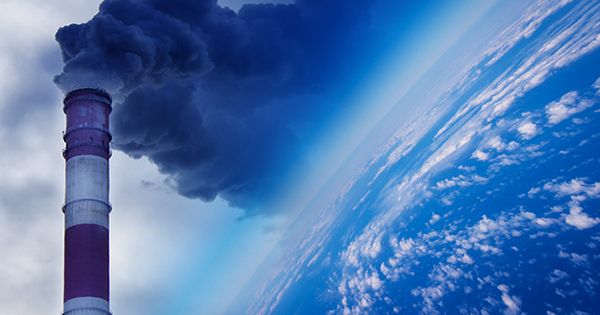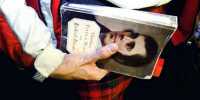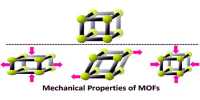It was discovered in the 1980s that certain gases, mainly CFCs, were destroying stratospheric ozone in the Polar Regions, perhaps the most successful environmental deal in the world. The Montreal Protocol quickly eliminates the most dangerous gases and slows down the use of other contributors. As a result, the ozone layer has begun to heal, protecting the Earth from deadly ultraviolet radiation.
Half of the illegal emissions of chlorofluorocarbons (CFCs) have been identified as coming from only two Chinese provinces. Although partly expected, the explorations will help find the source before destroying the Earth’s protective ozone layer.
At the risk of Earth’s entire life, scientists are wary of complacency and are observing atmospheric concentrations in now-banned gases, especially CFC-11 and CFC-12. Last year, when the rate of decline in the CFC-11 concentration dropped sharply, the alarm sounded, indicating that the new gas was replacing something that was breaking down.
This is for 40-60 percent of global disasters. Under the protocol, the use of CFC-11 had been banned since 2010, with alternatives becoming so widely available that its use was completely unnecessary.
A new study in nature, using observations from Korea and Japan, shows that 2,000,000 tons more CFC-10s were released annually from eastern China in 2014-2017 than during 2008-2012.
Some CFC-11s are still slowly releasing building foams that were installed before the ban, globally. This source is small enough for only minor damage and it is rejected over time. The increase in recent years indicates new production, which could be even more deadly if left unchecked.
China was considered the most potential source of these emissions. Within weeks, New York Times reporters identified eight factories using the banned chemical as refrigerators, some claiming it was illegal, from the start. As important as the investigation was, those factories could not measure whether the whole problem was there or elsewhere.
The source had to be nearby. Park has identified Shandong and Hebei as the main CFC-11 sources using comparisons of wind patterns and densities at different sites. Dr. Sunyoung Park of Kyungpook National University in Korea is leaning towards gas chromatography of atmospheric samples taken several times a day in Gosan, South Korea, and Hateruma, Japan, to explore the question from a different angle. CFC-11 levels are still declining globally, but it has declined sharply in Hateruma and has completely stopped in Gosan.
Park and co-authors write the source of the rest of CFC-11’s attachment to the atmosphere remains a mystery. “We find no evidence of significant increases in CFC-11 emissions from other East Asian countries.” Facilities on other continents found no evidence of increasing sources nearby.













